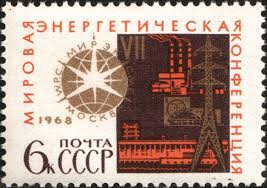A transmission tower, also known as an electricity pylon or simply a pylon in British English and as a hydro tower in Canadian English, is a tall structure, usually a steel lattice tower, used to support an overhead power line.
In electrical grids, they are generally used to carry high-voltage transmission lines that transport bulk electric power from generating stations to electrical substations; utility poles are used to support lower-voltage subtransmission and distribution lines that transport power from substations to electric customers. They come in a wide variety of shapes and sizes. Typical height ranges from 15 to 55 m (49 to 180 ft), though the tallest are the 380 m (1,247 ft) towers of a 2,656 m (8,714 ft) span between the islands Jintang and Cezi in China’s Zhejiang province. The longest span of any hydroelectric crossing ever built belongs to the powerline crossing of Ameralik fjord with a length of 5,376 m (17,638 ft). In addition to steel, other materials may be used, including concrete and wood.
There are four major categories of transmission towers: suspension, terminal, tension, and transposition. Some transmission towers combine these basic functions. Transmission towers and their overhead power lines are often considered to be a form of visual pollution. Methods to reduce the visual effect include undergrounding.
- @_stamps.of.pylons_ – the world‘s largest collection of international stamps showing power pylons.





